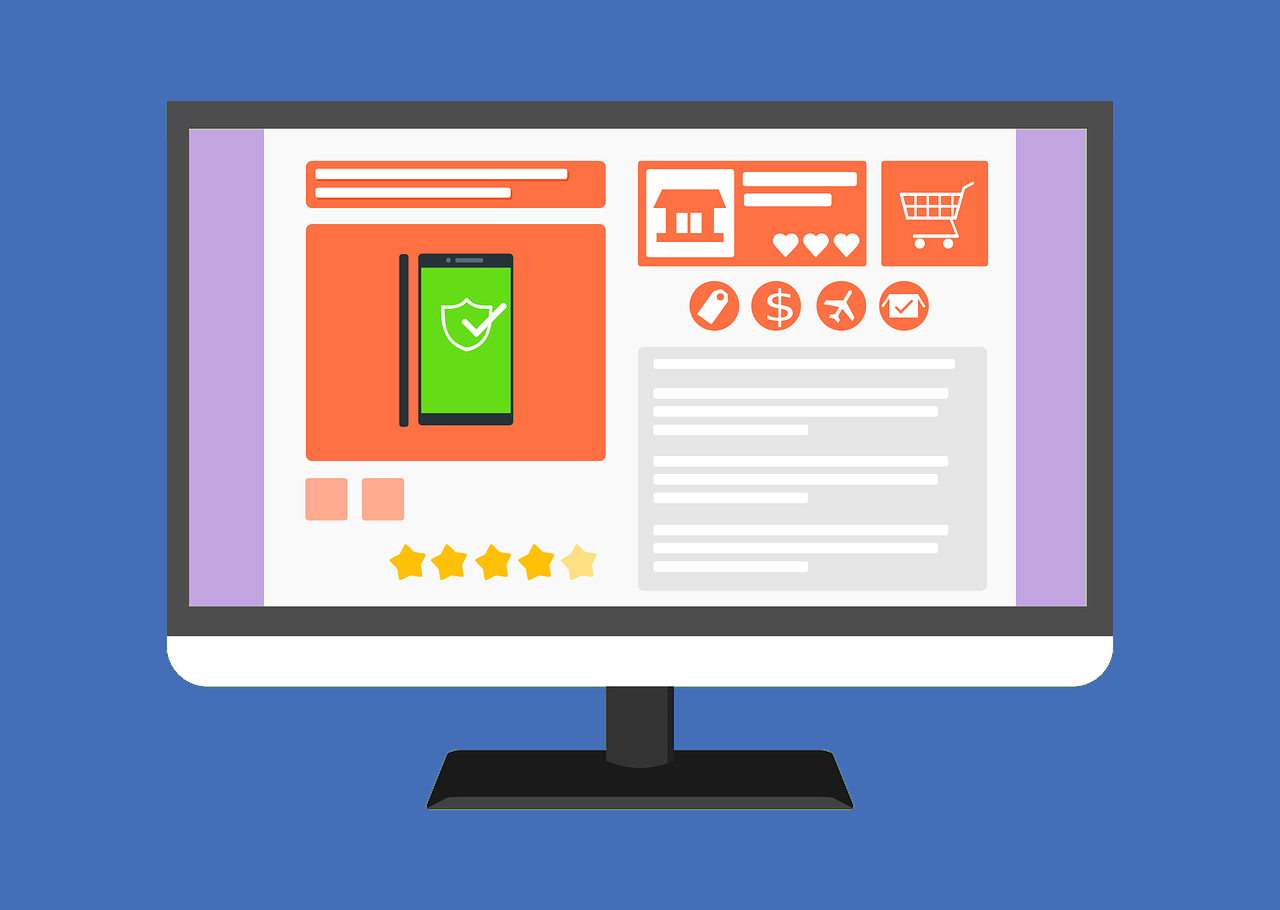What Is the Right Approach to E-Commerce Marketing

E-commerce is the next frontier in retail. A growing number of people are shifting to the online medium for purchasing essential goods and services. According to Statista, e-commerce sales have surpassed $3.53 trillion worldwide.
So it’s not hard to realize why more and more businesses are setting up online shops. But setting up is just one part. Marketing your online shop is the next part of the puzzle. For best results, you need to adopt the right approach for e-commerce marketing. White Peak Digital takes us through this process.
Define Your Customer Persona
Almost half of the world’s population is now connected to the internet. And that is over 3.9 billion people. In the United States alone, there are about 284 million internet users. So safe to say, you cannot market to everyone. And in fact, you shouldn’t. For the highest return on your e-commerce marketing investment, it’s best to go after a defined set of audience. Otherwise, you’d end up targeting everyone and losing money in the process.
To define the audience, you need a customer person. This is a representation of your ideal customer. When creating a persona, you need to answer things like:
- What is the age of my target audience?
- What are their hobbies?
- What do they like to read, discuss, and share?
- What do they do for a living?
- What are their biggest pain points?
Personalize as much as possible. Your marketing strategies will revolve around this defined persona.
Define and Benchmark Your KPIs
The main benefit of e-commerce over traditional commerce is that of data. E-commerce marketing is data-oriented. Every transaction and action is recorded, which can then be analyzed. But excessive data can become a problem, and you can fall into an analysis-paralysis syndrome.
To keep yourself focused on your marketing, you need to define your KPIs or Key Performance Indicators first. These are the analytical metrics that reveal whether your marketing efforts succeeded or failed. If you’re doing SEO, then one KPI can be the total number of visitors, bounce rate, or the number of page visits. For Facebook marketing, the metrics can be reached by comments, shares, etc.
After defining the metrics, you need to benchmark them before running the campaign. Benchmarking refers to getting the current statistics. So if the total number of visits is 50, that’s your benchmark for SEO. Incorrect benchmarking will complicate your measurements later on.
Make Your E-Commerce Website Mobile-friendly
In 2016, mobile users surpassed desktop users for the first time. And since then, the difference is only increasing. Mobile is touted as the future of computing. Therefore, you need to create a mobile-friendly website that loads faster on mobile devices. It should be designed to work with slower internet speeds because of how inconsistent mobile networks are.
You can run a mobile-friendly test service offered by Google that’ll reveal how good your website is with mobile devices.
Triumph One Marketing Medium First
Marketers and business owners commit the mistake of jumping on every marketing channel at once. So they try Google marketing, Facebook marketing, Content marketing, PPC, Native ads, all at once. But initially, your approach to e-commerce marketing should be confined to one or two channels at max. So you can combine SEO with PPC for best results or SEO with Facebook retargeting ads.
Until and unless you have a big marketing budget and team, you shouldn’t market on all marketing channels at once. But with a marketing agency, you can get this flexibility. Since agencies employ marketers with different domain specialties, they can help you run cross-platform marketing campaigns across various channels.
Start Building an Email Marketing List
Many e-commerce owners make the mistake of not building an email list from the word go. But an email list is perhaps the biggest marketing asset you can own. First because, they willingly opt-in to receive messages, offers from you. Therefore, they have a high rate of conversion. Second, they are cheap to market. Once they’ve signed up, you can directly send emails to them. Third, you can expand your audience size on Facebook for free. Once you upload the email list, Facebook will find similar audiences matching the ones on your list. Then you can target them with personalized ads and convert at a cheaper cost.
Optimize Product Pages
Finally, you should optimize your product pages before starting a marketing campaign. Optimize for both search engines and human visitors. You should include proper keywords, add relevant images and Alt tags to provide product specifications and descriptions, and a CTA (call-to-action) button. Marketing agencies spend a good amount of their time optimizing product pages, so they show up properly on search results and ads.
With these approaches to e-commerce marketing, you can expect fast results and steady sales.






